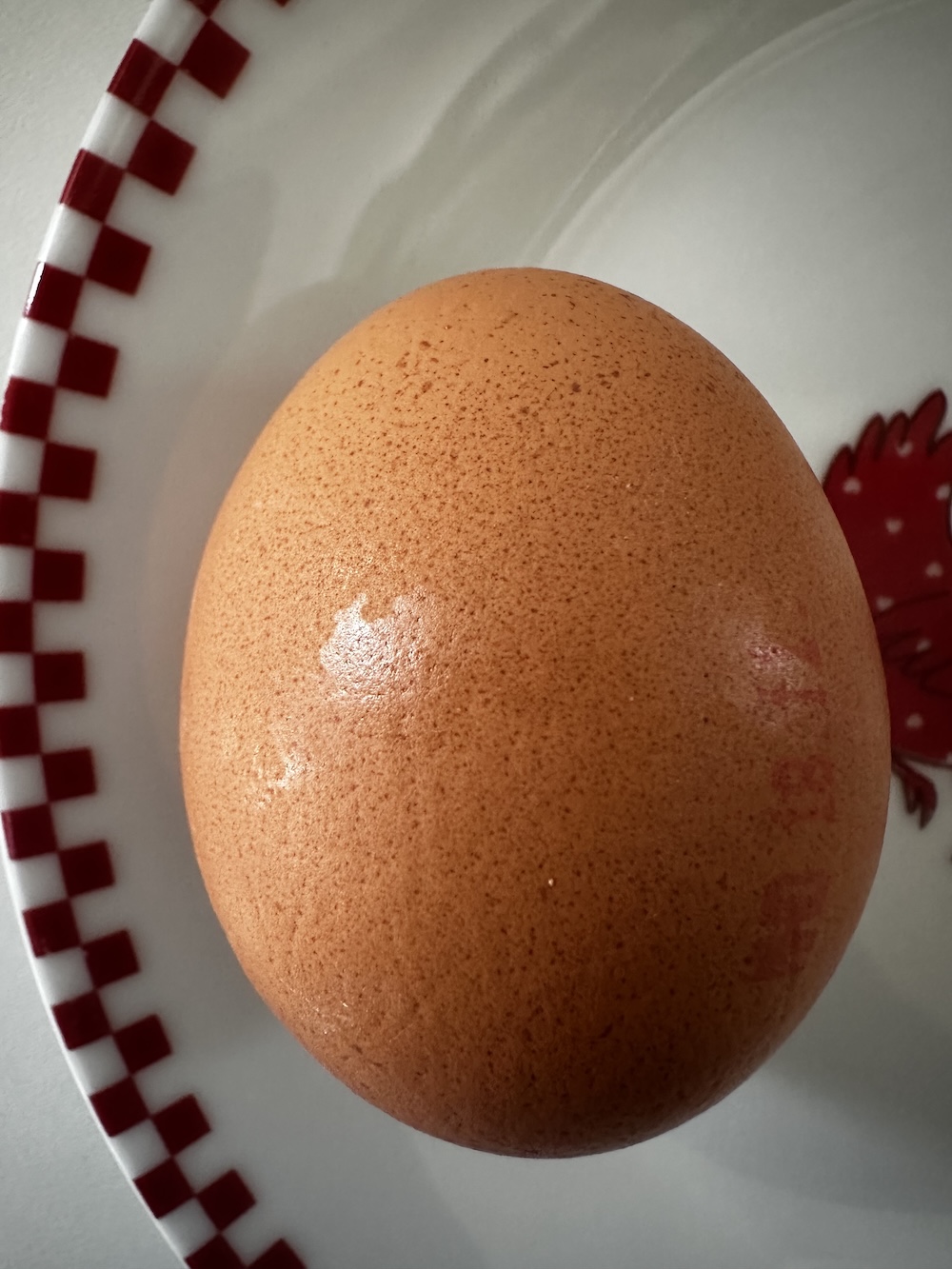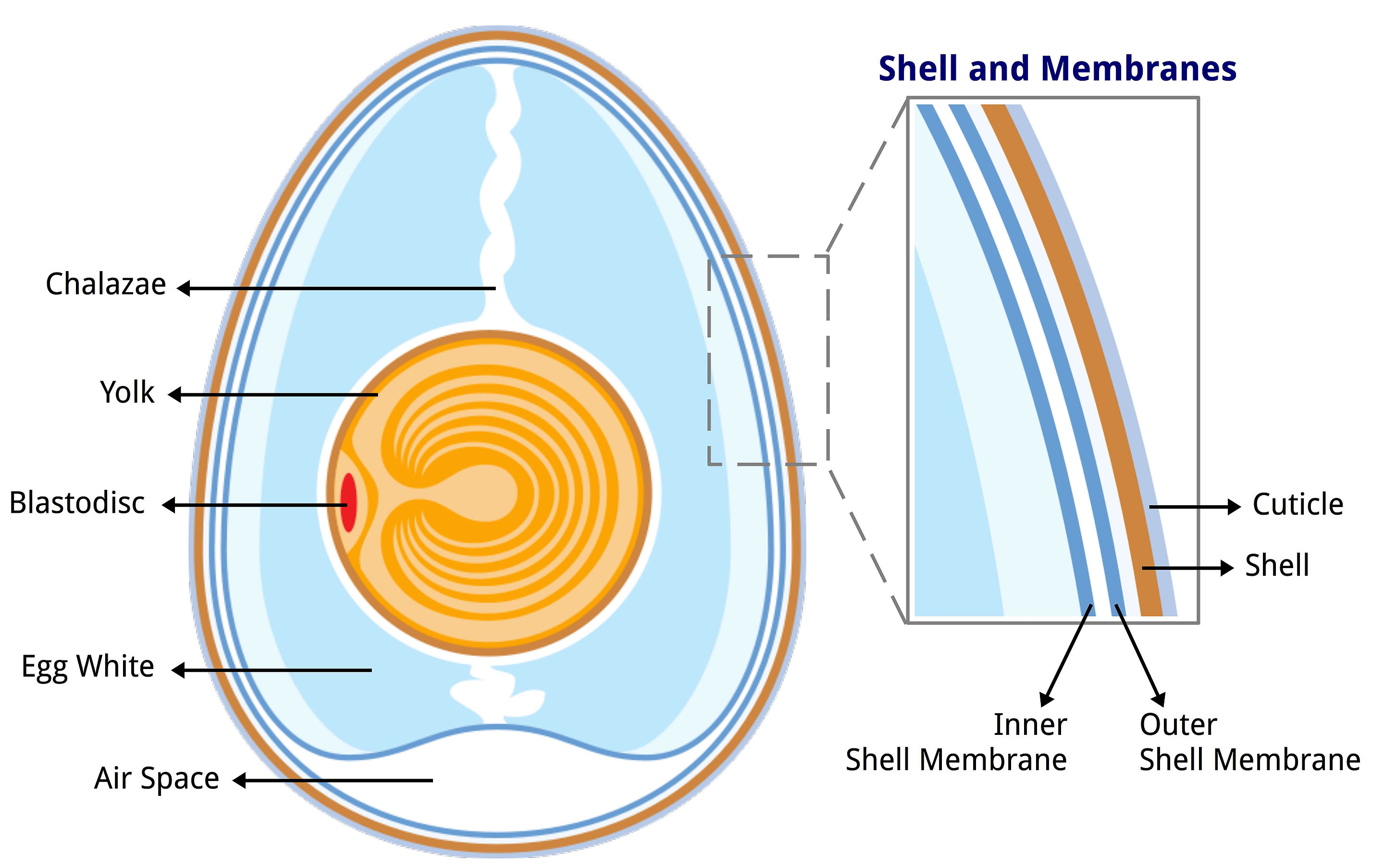It began, as many thought exercises do, with a discussion in the kitchen. My wife and I were debating whether a cooked egg was still safe to eat after spending the night on the kitchen counter. I am certainly not the type to throw away food lightly at the lightest hint of an issue. Confidently, I told her the egg would be fine. After all, eggshells are made of calcium carbonate, solid, sealed, and, in my mind, impenetrable to any contaminants.
It turned out to be one of those “smart dumb” moments. By the end of this journey, I would learn how spectacularly wrong I was, and how remarkable life is at engineering security.

My background is in sterile large molecule manufacturing within biotech, the kind of work where even a single microscopic breach within thousands of gaskets and kilometres of stainless steel can trigger an investigation lasting months or even years. I have spent much of my career designing systems to keep contaminants out and tracing them when they find a way in.
Yet for all the effort, precision, and technology we pour into security, after this curiosity-driven journey, I came to the conclusion that nothing I’ve seen in biotech compares to what nature achieves effortlessly inside an egg. To keep things simple, I focused on one scenario: an unfertilised, intact chicken egg.
As I went down the rabbit hole of Eggsecurity, I discovered that the egg is an astonishingly well-designed fortress. Before diving into the details, it is worth noting just how nutrient rich an egg truly is. It is so abundant in life-sustaining material that even today, many biopharmaceutical products are made using eggs. To a bacterium, reaching the egg yolk must be like winning the lottery. The yolk’s purpose, after all, is to nourish life itself.
My first question was simple: are eggshells porous? It turns out they are not only porous, but contain thousands of microscopic openings. The average pore size is in the single-digit μm range. That may sound tiny, but it is still large enough for a small bacterium to pass through. For context, sterile filtration uses filters with pore sizes of 0.2 μm. I even know some aseptic subject matter experts who would argue for 0.1 μm to ensure nothing microbial gets through. The benchmark for this comes from the smallest known bacterium used to challenge filter integrity, Brevundimonas diminuta, with a rod-like shape and diameter of 0.5 to 0.8 μm. This organism is introduced at high concentrations (107 Colony Forming Units/cm2) to challenge the system.
My next question was what is meant to pass through these pores? The answer was so obvious. How could I have missed this? Biology 101: a good exchange of oxygen and carbon dioxide is required for an embryo to grow. So the egg must allow gas molecules to pass while keeping everything else out. How does the simple egg achieve this?
The first protective barrier is the antimicrobial cuticle, a thin outer coating that acts like a natural sealant. Whether it remains intact or is partially washed away, it is the egg’s first line of defence. In countries where eggs are washed, this layer does not vanish instantly, so for a certain duration it will still provide some antimicrobial protection.
Beneath it lies the eggshell with thousands of microscopic pores. These tunnels are not straight shafts but winding labyrinths, long and twisted. The environment inside is dry, which makes bacterial movement difficult. The dry eggshell environment also does not strike me as nutrient rich, meaning it will be difficult for the contaminants to grow through the tunnel, which is another means of transport for microorganisms. Microbes thrive in warm, moist and nutrient rich environments. In a dry maze without airflow or nutrients, they would have to perform the microbial equivalent of cave exploration whilst immobilised and starving in search of a hidden treasure.

Beyond the shell lies the outer membrane, another fibrous layer armed with antimicrobial properties. The outer and inner membranes are separated by an air gap, which provides yet another layer of protection. This gap presents a challenge to bacteria, like a ravine without a bridge. I do imagine the outer membrane has more nutrients than the eggshell, meaning a bacterial colony could grow a bridge by consuming and multiplying within it. The inner membrane that follows presents another barrier, once again equipped with antimicrobial defences.
And then, the egg white. Now it’s party time, right? The contaminant has made it to the promised land. Not quite yet. Let’s assume it took a while for the bacteria to make it this far. Over time, the egg white’s pH increases. If it took the bacteria a week to breach the earlier defences, the pH could be around 9, which is certainly not ideal for bacterial growth. On top of that, the egg white contains numerous antimicrobial components, which could be described as a Batman utility belt.
Should a bacterium somehow survive all that, it must still breach one final layer, the vitelline membrane and overcome another set of antimicrobial components, before going down the straight and reaching the end destination. The yolk, with its rich golden hue, is the prize. A nutrient dense reservoir optimised for life itself, filled with proteins and fats. For any microbe, it is heaven.
So, back to the question: was the cooked egg safe after a night on the counter? At first glance, it seemed likely. After all, that fortress sounded impenetrable. But there was a fatal flaw through cooking. Heat denatures most of those antimicrobial proteins, leaving only misconfigured skeletons behind. As the egg cools, the contraction of the contents can create a negative pressure and draw in external air to equalize, and with it, potential contaminants.
I thought to myself, as I have many times at work, do not underestimate the cunningness of a contaminant. Then I had an aha moment and realised I didn’t even need to go down the rabbit hole, since this particular egg had a hole pierced into its shell for the egg cooker, compromising the majority of the security layers.
Nevertheless, I really enjoyed this curiosity driven journey. I realised the egg might be the most extraordinary natural security system ever created. Each layer has its weaknesses: the cuticle can be washed away, the shell can absorb moisture under high humidity, the membranes can age, and the albumen only slows rather than kills, but the brilliance lies in their independence. If one layer fails, the others remain functional.
In contrast it reminds me of engineered systems that boast layers of protection yet crumble when one component fails. We see it in news stories about the recent Louvre heists where a couple of weak points led to a historic breach. The egg, on the other hand, does not rely on a chain where one broken link brings collapse. It is a network of independent chains, each designed to operate autonomously. What is even more remarkable when you think about it is that this is all done without any continuous energy input. Once the egg has been laid, that’s it.
In the end, the lesson I drew from this is that environments that we design should be like the egg yolk, rich, supportive, and full of growth potential at its core. The core requires layers of protection, invisible but resilient, shielding them from harm. For bad actors, the system should feel like the egg’s layered fortress: intricate, unyielding, hostile and nearly impossible to penetrate.
Easier said than done, of course. But if nature can engineer such a perfect fortress, surely we can strive to do the same for the worlds we build for people and against bad actors.
I would be curious to hear your thoughts or whether I made any wrong assumptions. I am especially interested in hearing from egg specialists and whether you are as amazed as i am by the simple egg!